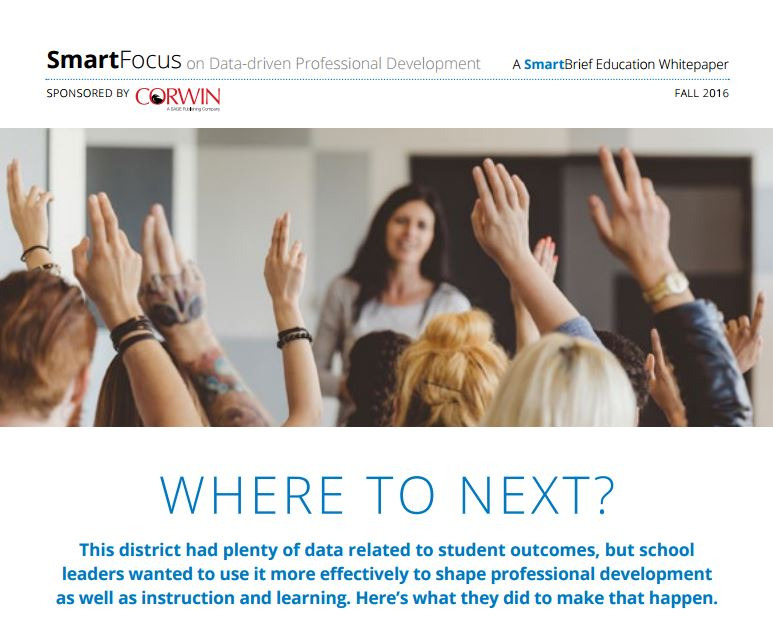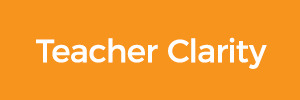Common Formative Assessments 2.0
Common Formative Assessments (CFA) 2.0 is an integrated and systemic approach that demonstrates timely, credible evidence of teacher impact on student learning. Customizable to any unit of curriculum, CFA 2.0 uses student feedback as diagnostic data to adjust and differentiate instruction.
This on-site professional learning is beneficial for:
- Teams that are new to CFA
- Teams who could use a refresher on CFA
- Teams who have been using CFA for years



